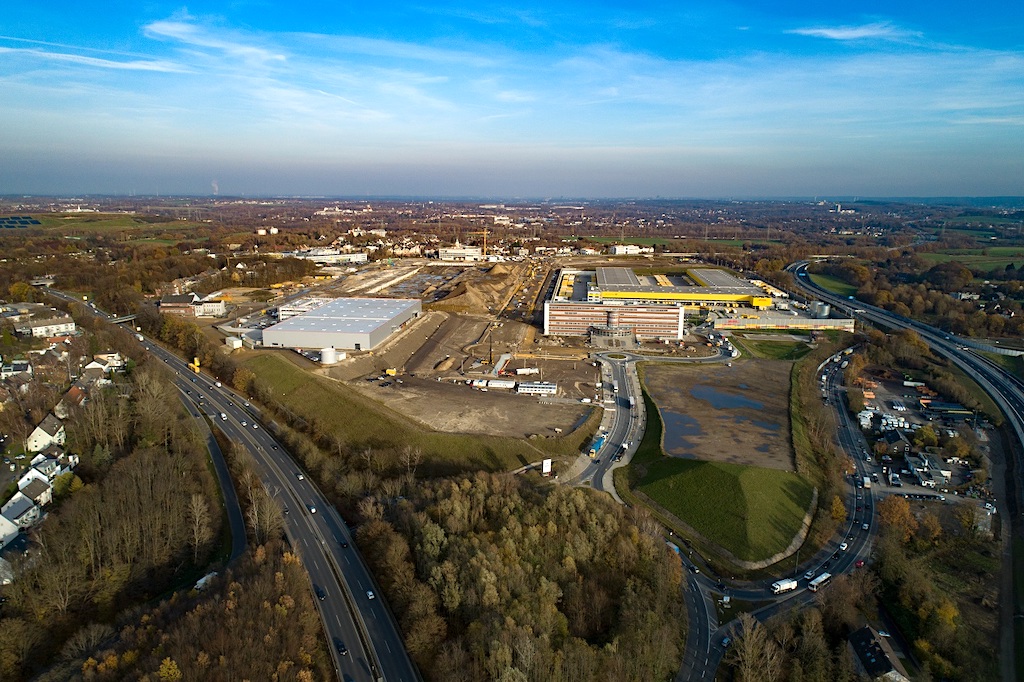
Fraunhofer IEG has been involved in the research and development of a climate-friendly energy supply in Querenburg since 2020. In the 3 years, the workforce of Fraunhofer IEG has doubled from 40 to 80. This has prompted plans to build more office and laboratory buildings on the site behind Bochum University.
Fraunhofer IEG had received more than EUR 27 million in funding from the federal and state governments for five years. EUR 18 million are available for investments in real estate and acquisition of initial equipment of the research laboratory.
Geothermal heating and cooling from an abandoned mine
Fraunhofer IEG had worked with Stadtwerke Bochum to evaluate the viability of using mine water at the MARK 51°7 site for heating and cooling. The latest update on this project reports temperatures of 27 to 28 degrees Celsius from the existing boreholes. This mine water is intended to be used for district heating and cooling.
A crucial element of this project is the tailor-made pumping system engineered, built, and installed by German artificial lift specialist Oil Dynamics GmbH. This consists of electric submersible pumps (ESPs) installed in the two wells. For heating, mine water at a temperature of around 30 °C is pumped up from an 810-metre-deep tunnel and further heated by heat pumps to around 48 °C before being fed into the district heating network. For cooling, mine water at a temperature of around 18 °C is pumped to the surface from a shallower 340-metre-deep gallery and then cooled down to 10 °C.
The main challenges in realizing the customized pump systems were the extremely wide operating range for centrifugal pumps and frequent load variations. The energy demand of MARK 51°7 site varies greatly depending on the time of the year, time of day, weather, day of the week, among other factors. A control system for the pumping system that is gentle on the equipment and at the same time efficient for operation is currently being optimized with the support of the Oil
Dynamics software lab.
After successful testing, the project team determined that the contained in the mine water will cover 70% to 75 % of the heating and cooling needs for all connected buildings on the former coalfield.
Through the efforts of Fraunhofer IEG and Stadtwerke Bochum with the support of Oil Dynamics, the MARK 51°7 site is now the first major industrial zone with an integrated heating and cooling system comprised by a combination of geothermal energy, district networks, underground storage, and large heat pumps.
Next project already in the works
Fraunhofer IEG is already working on a follow-on project – heating pit water from a depth of only 50 meters to a higher temperature using a large heat pump. The heat pump has already been installed in the extension site of the research institution. Water from this heat pump will then be supplied to the heating circuit used at the university, Ruhruni, and large parts of Querenburg.